Prague Estate Theatre
The Prague Estate Theatre is one of the most beautiful and historic theaters in all of Europe. Built by German aristocrat František Antonín Count Nostitz Rieneck, this theater brought charm and culture to the city of Prague. It took nearly two years to construct the opulent venue, which officially opened in 1783 to an inaugural performance of “Emilia Galotti” by Lessing. Before assuming the name Estate Theatre, the newly constructed theater was dubbed, Count Nostitz’s Theatre.
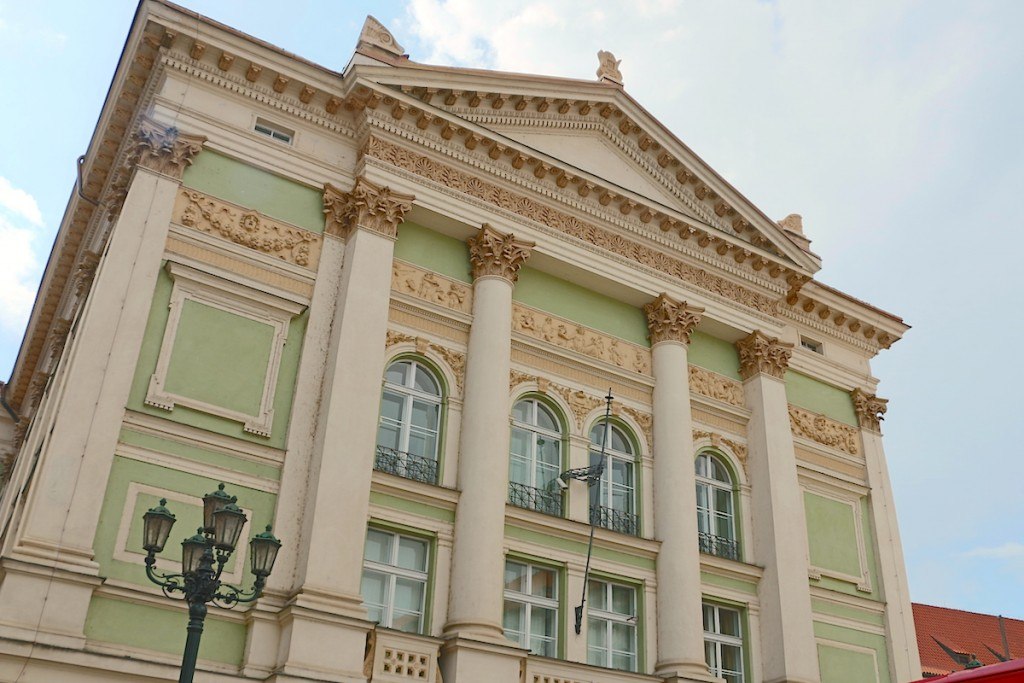
The Estate Theatre could host nearly 1000 patrons when it was built in the 18 century, but due to modern fire codes, there are only around 600 seats available today. The auditorium is one of oldest theaters in Europe and is the oldest in Prague. When the Theatre was to be constructed, Charles Carolina University (right next door) protested due to the potential traffic it would bring to the area. Count Nostitz Rieneck wrote to the emperor, convincing him to allow the construction of the Theatre. In the beginning, only German and Czech pieces were played—it was also the first theater that welcomed both noble and commoners to view the performances.
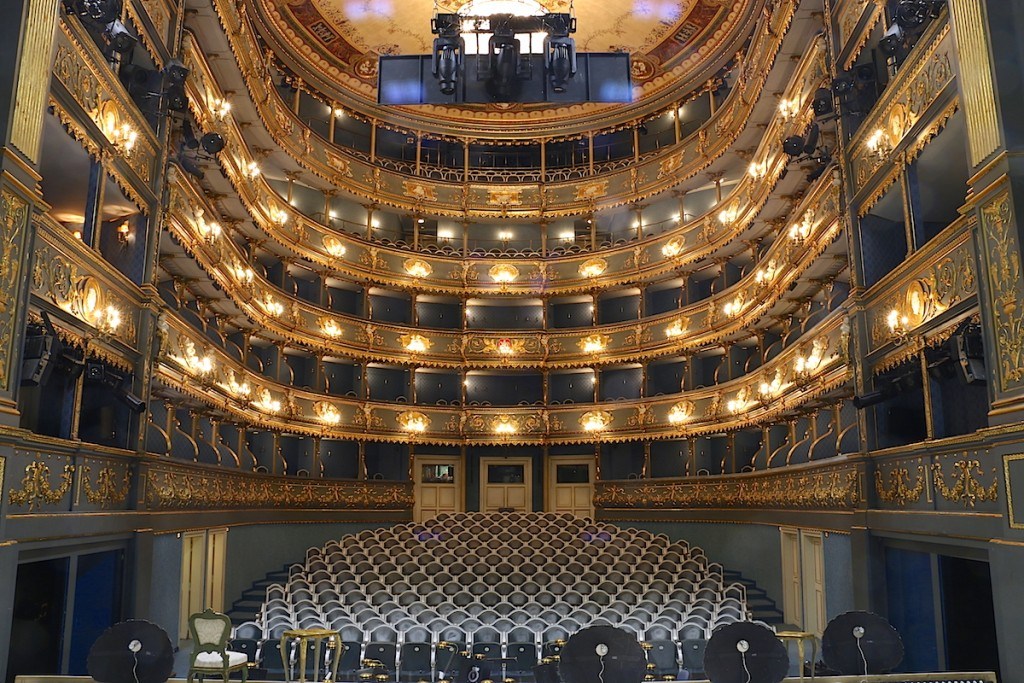
Our gracious and knowledgeable tour guide, Markéta, shared many interesting and noteworthy details about the Theatre. Having a lifetime love affair with classical music and theater, I was so excited to learn the Estate Theatre was the site of the premier of Mozart’s 1787 opera “Don Giovanni” (where Mozart himself conducted) and his 1791 opera, “La Clemenza di Tito.” I was in heartfelt awe standing in the orchestra pit where Wolfgang Amadeus Mozart actually conducted his famed opera (there is even a plaque marking the spot). This was the only theater where he ever personally conducted… and I was there! Gazing around, I felt as though I was transported back in time to where aristocratic citizens gathered to socialize and enjoy the popular music of the day. If we’d only had more time, I would have been honored to attend Mozart’s “Magical Flute”, the performance playing in the Theatre that day.
One hundred years after the German aristocrat built Estate Theatre, the Czechs built their own National Theatre, collecting money/proceeds from the people. An interesting competitive fact, the Germans didn’t like that the Czechs had a bigger theater, so they proceeded to build a third and even larger theater in Prague.
Since the Estate Theatre was the only theater where Mozart himself conducted, and where his last opera premiered, the Theater now pays tribute to the iconic conductor by (mostly) only hosting Mozart programs. A rather interesting tidbit our guide shared with us was that Mozart started his operas and symphonies very loudly in order to get the audience’s attention. Evidently, during this time, auditoriums were a place to socialize and conduct business, so it was VERY noisy with chatter. The boisterous beginning of his opera’s and symphonies was Mozart’s way of saying “pay attention” to the audience. Sassy, I like that in a composer!
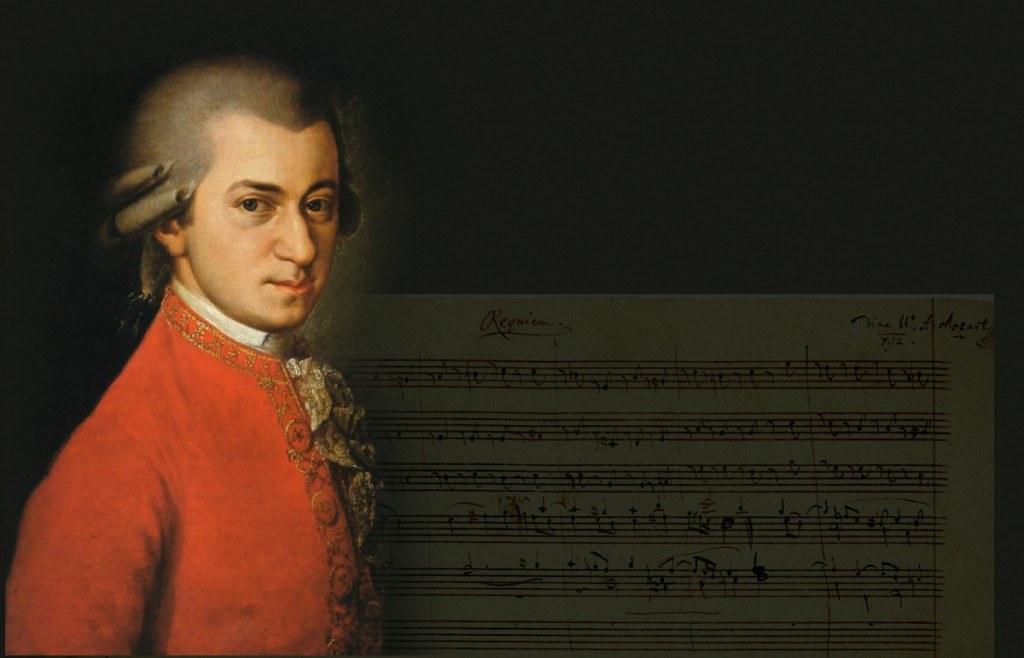
We were blessed to be able to go underneath the stage to see the inner workings of the theater, including the revolving stage (quite advanced for the day). The space below the stage was very small, so it couldn’t hold much in way of equipment, sets or props. We were told the stage crew often has to change set 3-4 times daily in order to accommodate various rehearsals and performances. Kudos to those stagehands… this is a significant undertaking!
Many scenes from the eight Academy Award winning movie “Amadeus” (1984) was filmed in part at the Estate Theatre. To the fire department’s dismay, 100s of candles where lit in the auditorium during filming, in order to replicate the time period. The Theatre building is made of wood and was quite deteriorated at the time of filming, so there was a significant fear of fire, therefore the City had Firefighters on site during every scene shot at the Theatre. I asked our guide a question I always wanted to know regarding the movie… “Did Mozart and peer composer Antonio Salieri really have a secret rival with one another…as shown in the film?” The answer, according to Estate Theatre experts… is no! They had a respectful and cordial professional relationship with one another. It sure did make for a great fictional story though.
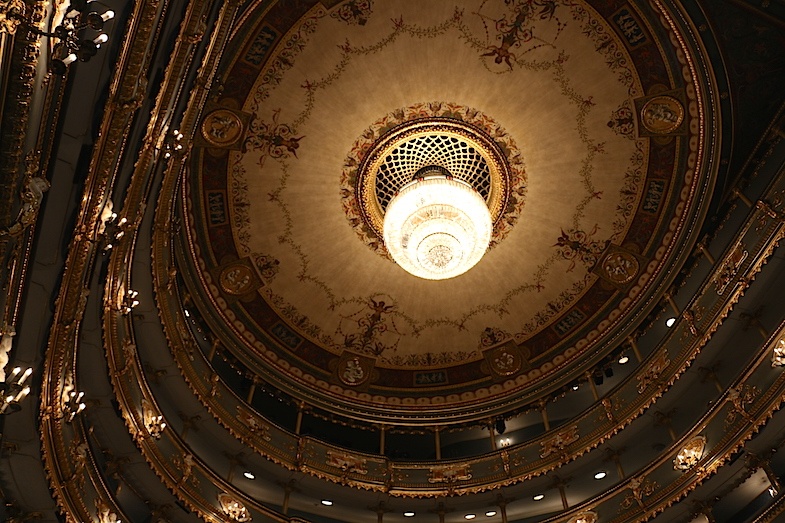
The Estate Theatre was renovated in the 1980s after the filming of the movie. It cost approximately $50 million to refurbish; much of that funding came from movie proceeds. The original interior colors were red and gold, and re-done in a lighter blue and gold, which are stunning! The renovation kept the original 18-century charm while adding some modern touches.
Mozart died on December 5, 1791. Our guide told us there was a huge mass held in his honor, but very few actually attended his service. Though famed and loved by the people, Mozart died a very poor man. For the love of the people, the Estate Theatre will continue to keep his memory and music alive from now into the future.
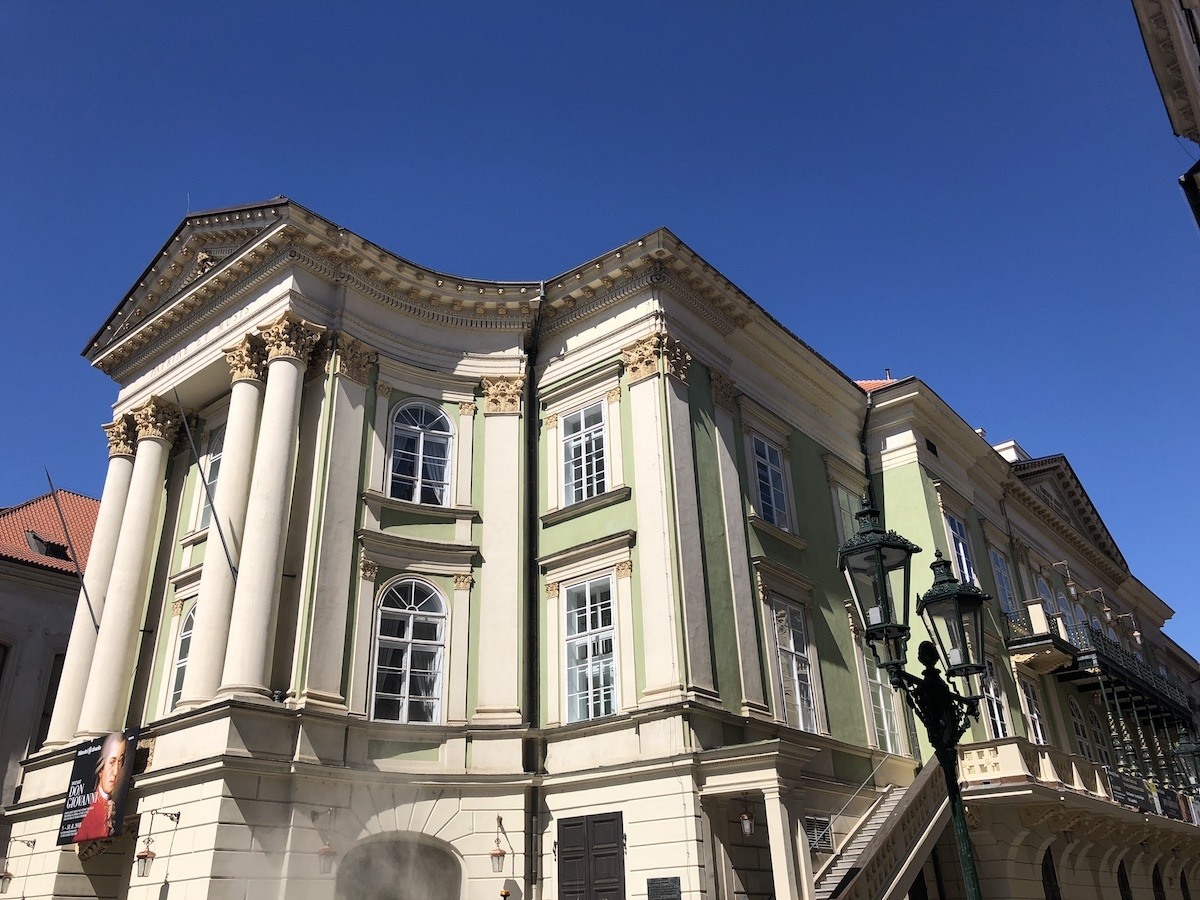
Prague Estate Theatre Information:
Website: http://www.estatestheatre.cz
Phone: +420- 251 640 793
Email: tickets@czechopera.cz
Address: Ovocný trh CZ-110 00 Praha 1
Comments are closed.










![Top-5 Best Places to visit in Belgium beyond Brussels [video included]](https://mikesroadtrip.com/wp-content/uploads/2020/07/Pin-6b.jpg)
![Top-10 Most Interesting Facts about Arizona [Video Included]](https://mikesroadtrip.com/wp-content/uploads/2020/07/Pin-2.jpg)





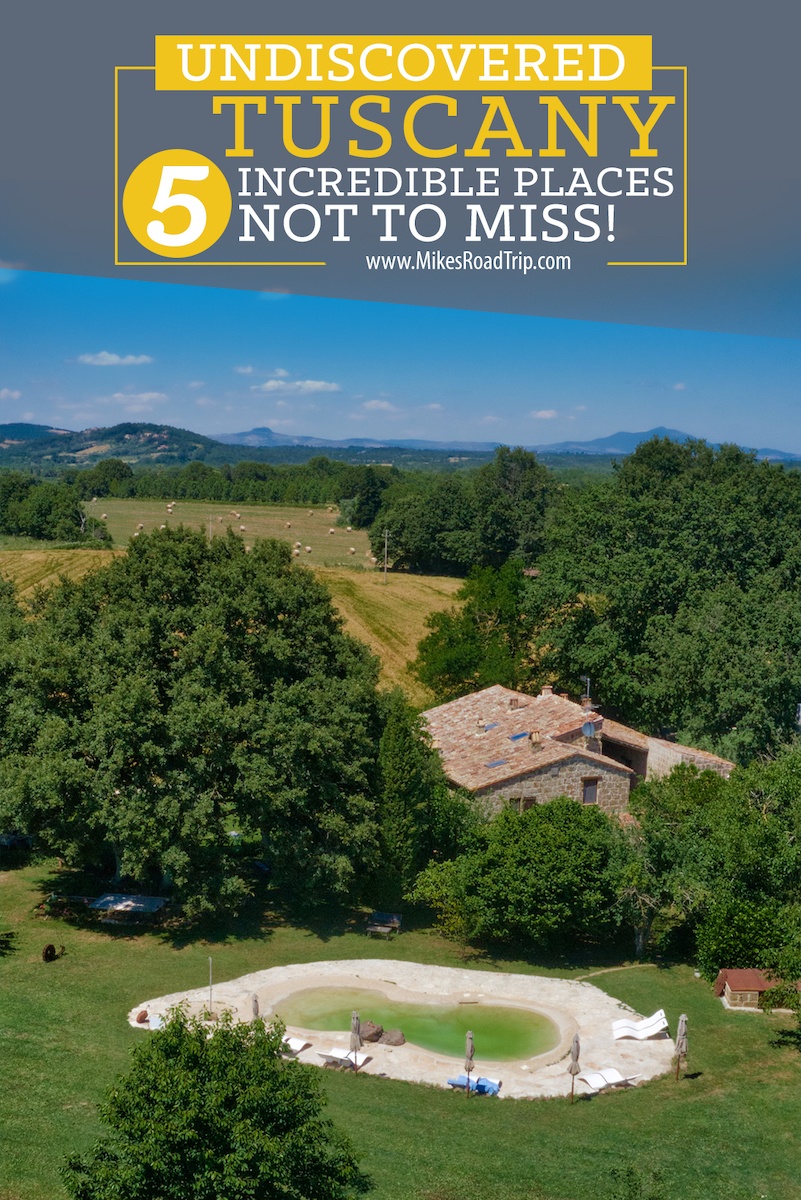
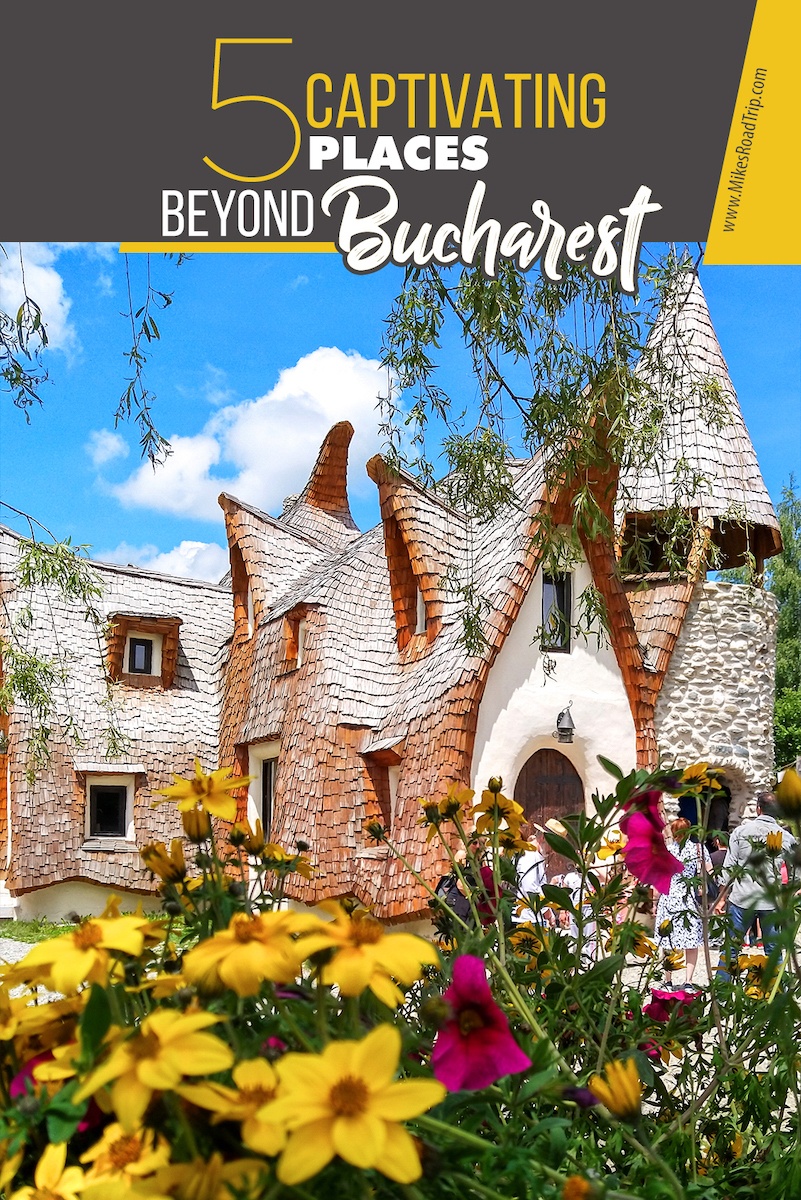















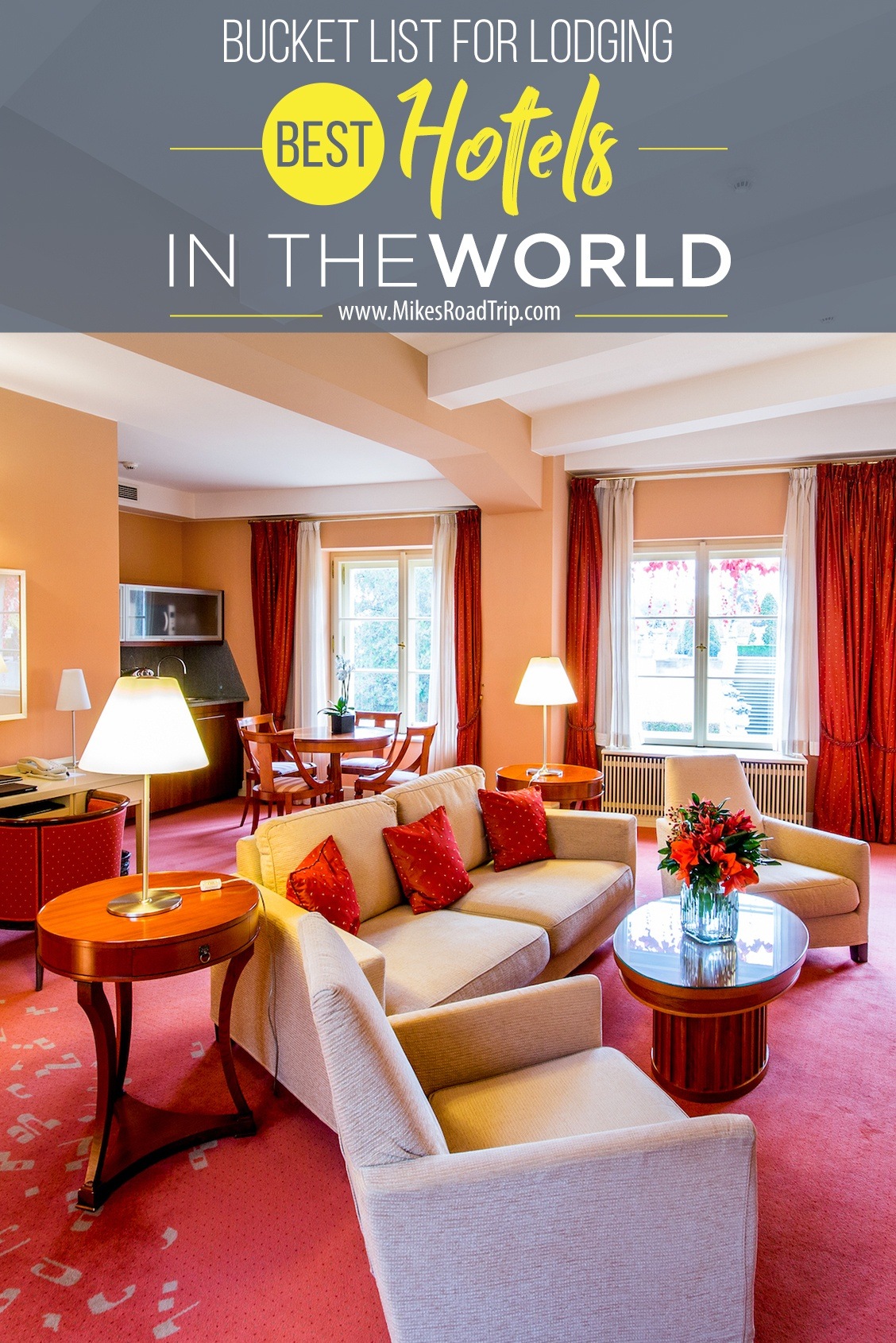


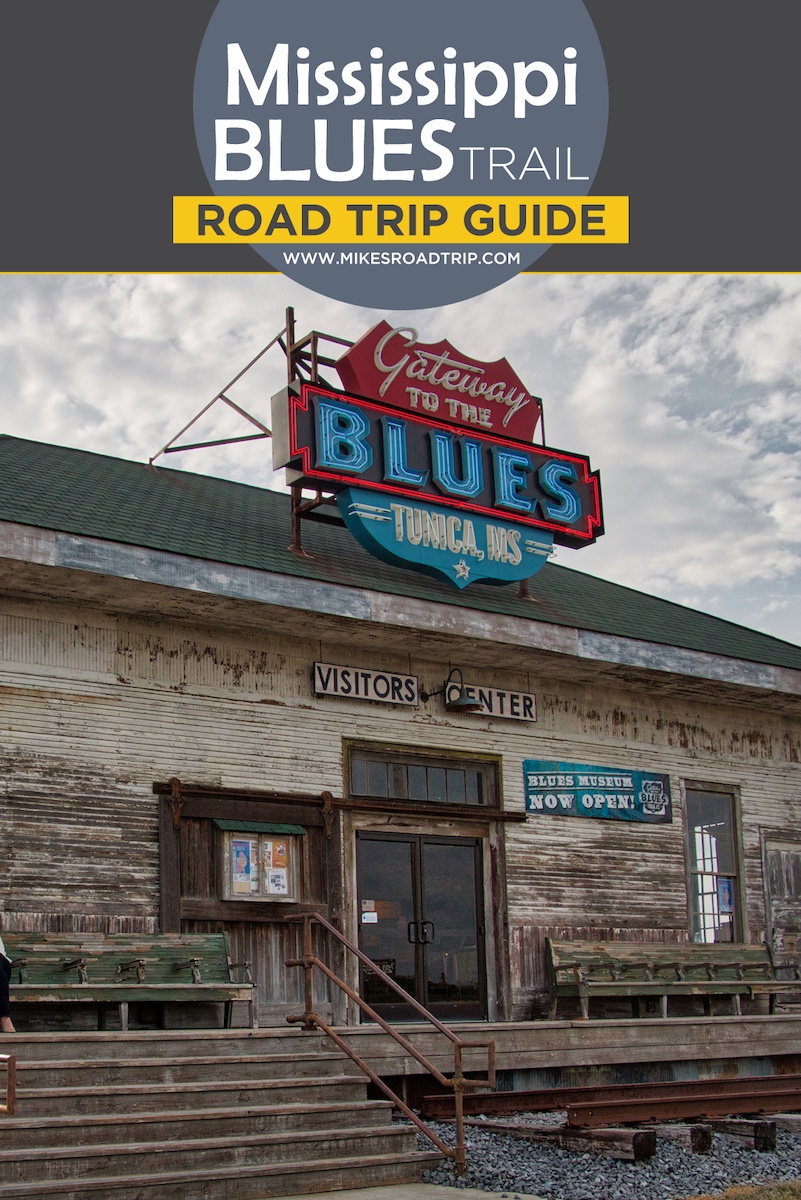





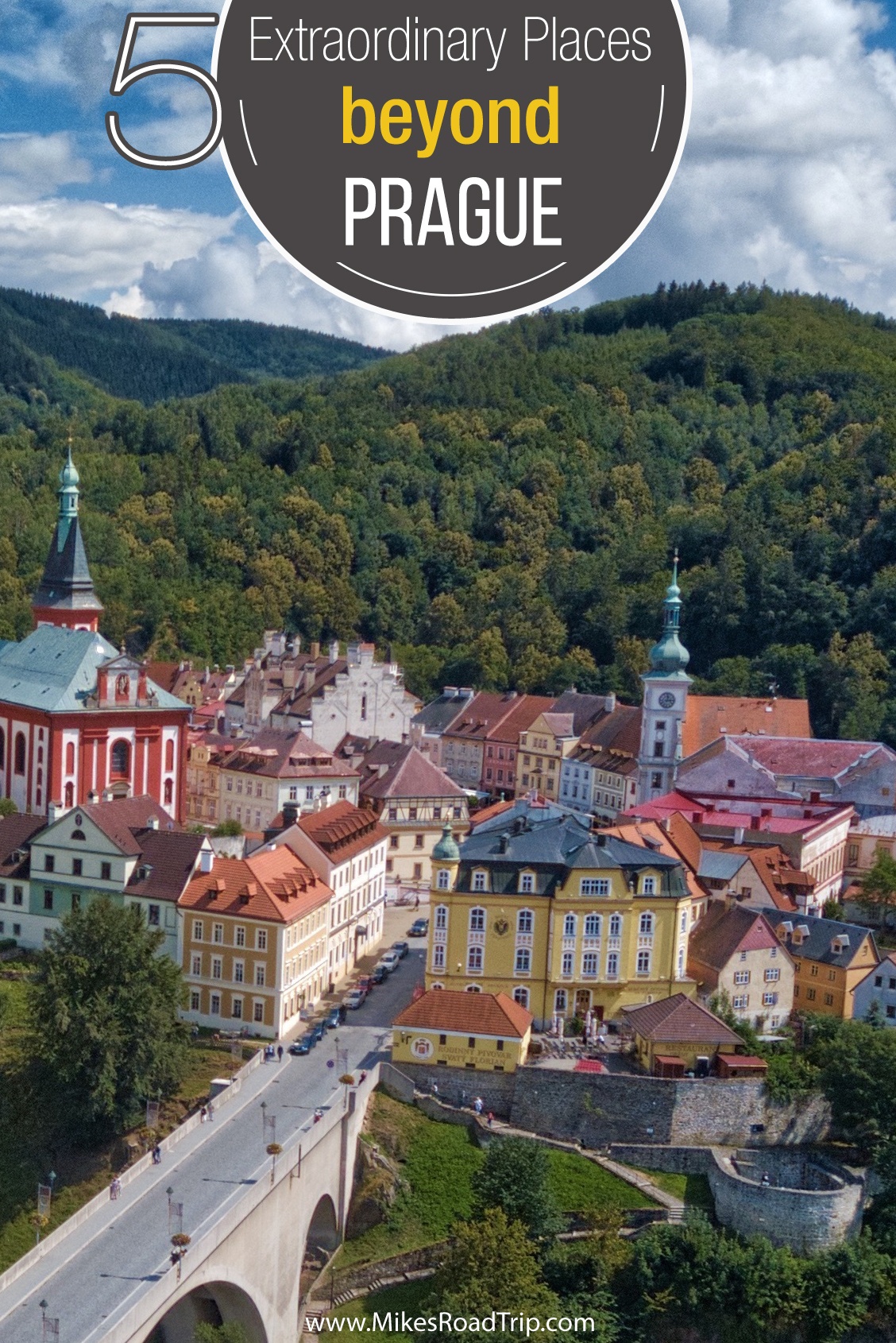



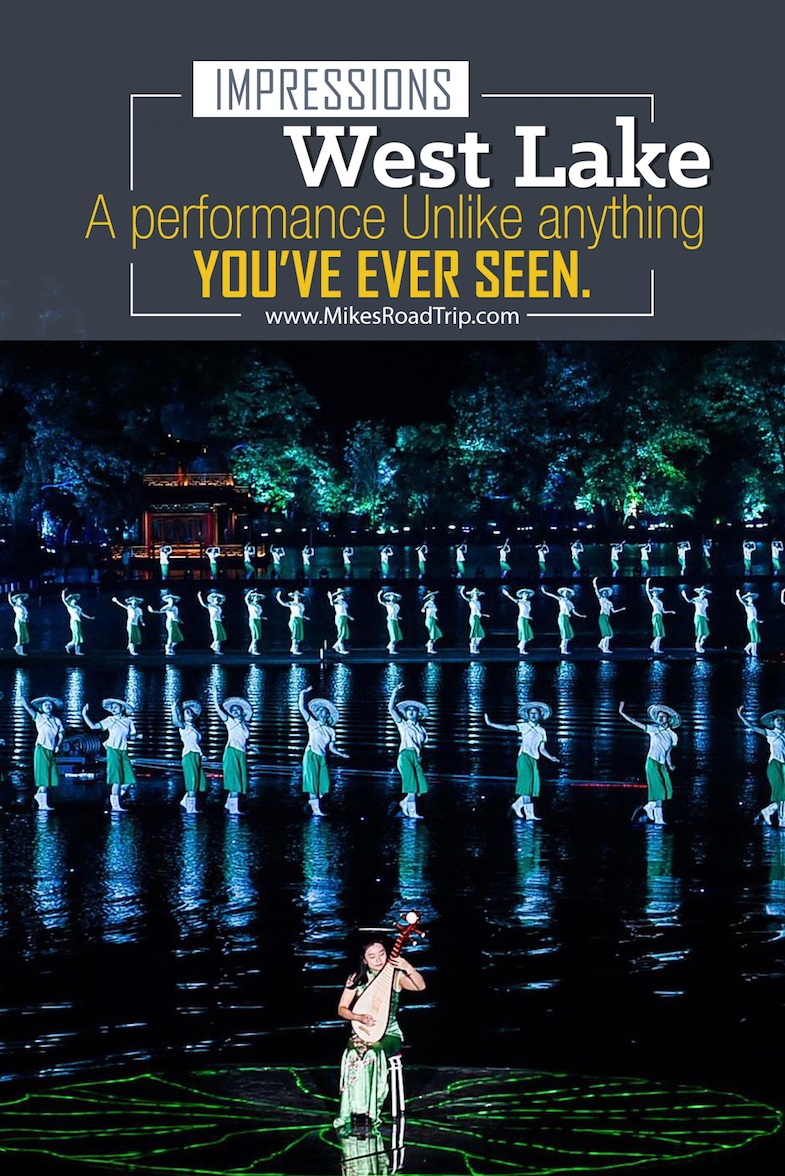


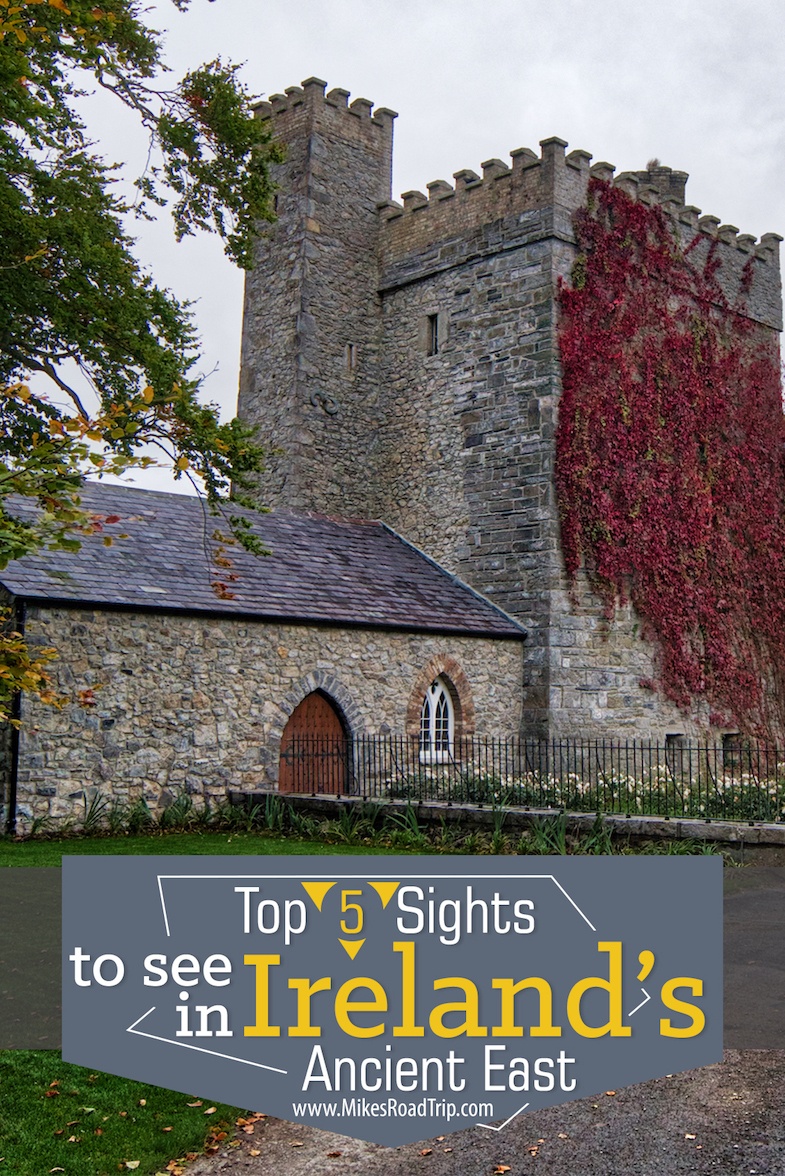

















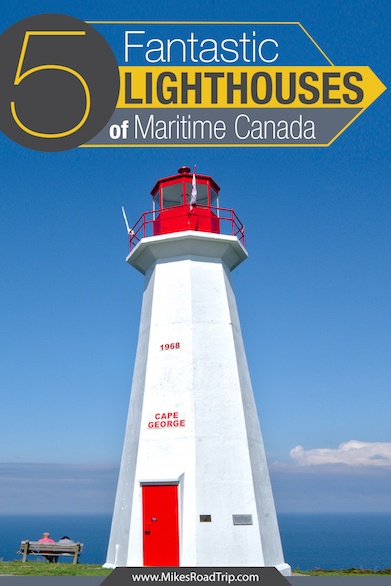

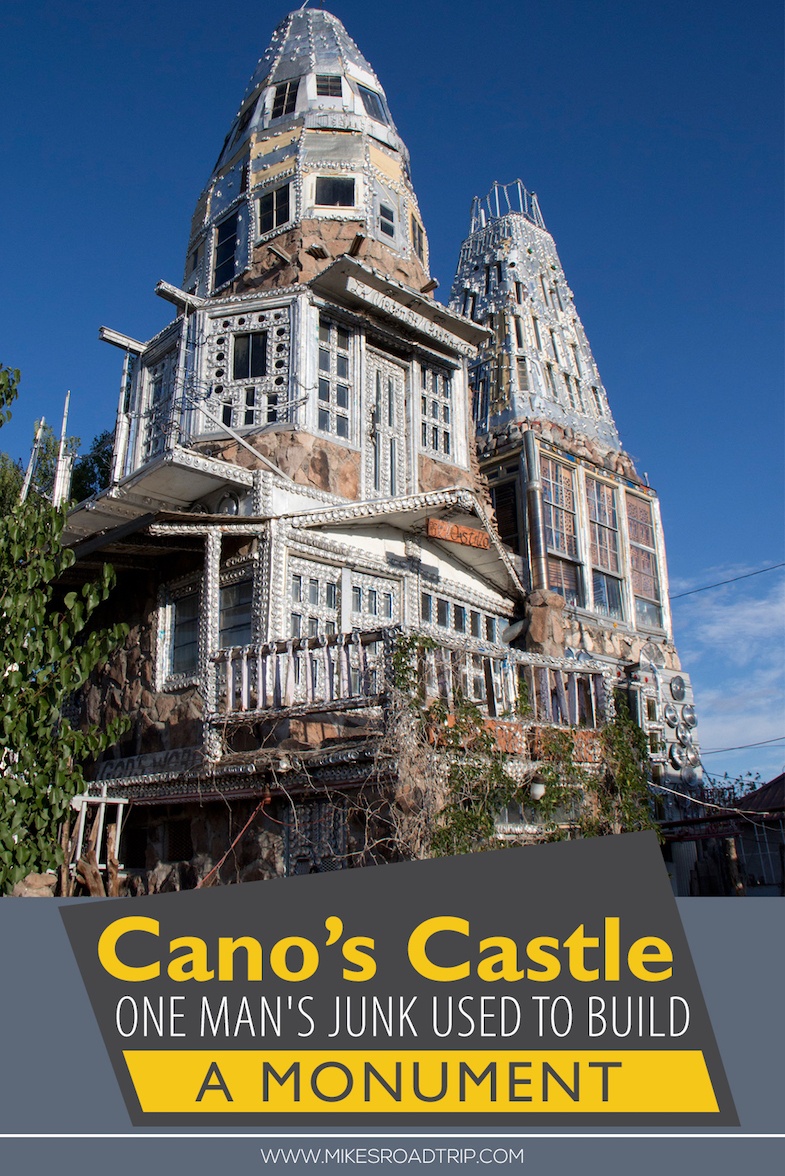

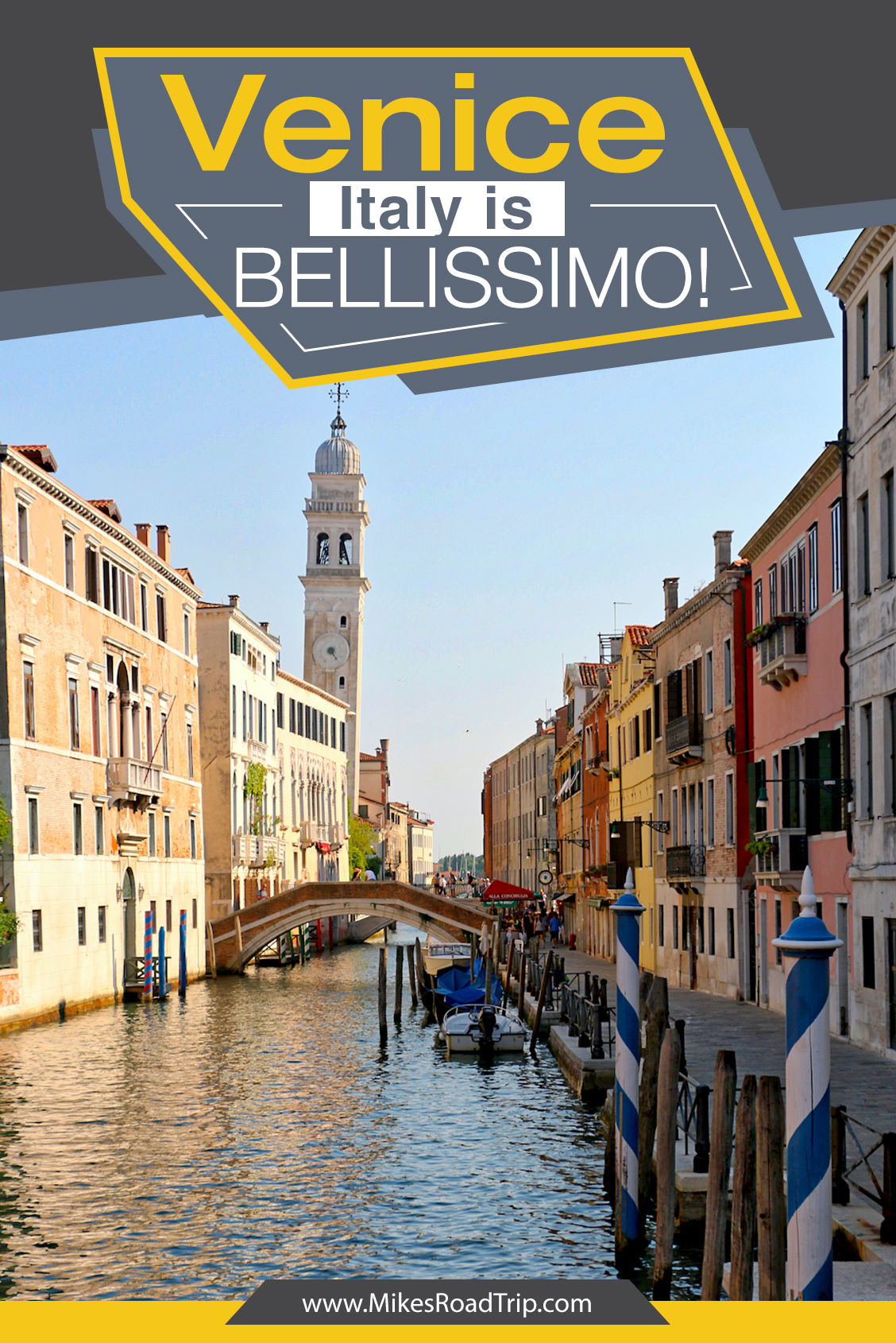

3 Comments